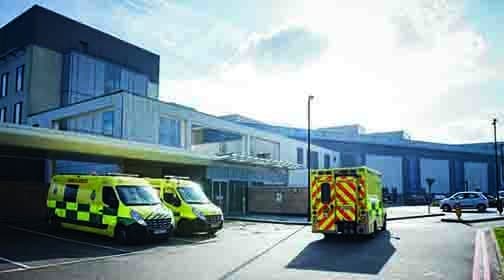According to data from NHS England at the end of May there were 35,526 people on waiting lists at either Maidstone Hospital or the Pembury-based Tunbridge Wells Hospital seeking non-emergency treatment such as hip or knee operations.
This is more than 3,000 people higher than the previous month’s figures, when 32,233 were on the waiting list – the highest level since records began.
However, Maidstone and Tunbridge Wells NHS Trust have said they have been ‘working hard’ to get through the record backlog.
Chief Operating Officer Sean Briggs told the Times last month the hospital as been making ‘good progress’.
He said: “We are also increasing the number of patients seen in outpatient clinics, staggering appointment times and maximising the use of virtual clinics where appropriate to ensure that those patients who need to be seen face-to-face by a clinician are able to do so safely.”
These steps have seen the number of people admitted for treatment increase to almost pre-pandemic levels.
The percentage of people seen within 18 weeks at the Trust has risen from 61.7 per cent in March to 68.9 per cent.
Although this is a long way off the 92 per cent government target, the number of people that started treatment in May has increased to 7,172 from 6,536 in March.
The total number of people admitted for routine treatment in hospitals across England in May was 242,064 – more than four times the number a year earlier (54,550), when hospitals were treating thousands of Covid patients.
Before the pandemic struck, the NHS admitted 295,881 people for routine treatment in May 2019, suggesting the health service is getting close to dealing with pre-pandemic numbers of patients.
However, the overall number of people in England waiting to start routine hospital treatment has risen to a new record high, the NHS England data shows.
A total of 5.3 million people were waiting to start treatment at the end of May 2021 – the highest number since records began in August 2007.








